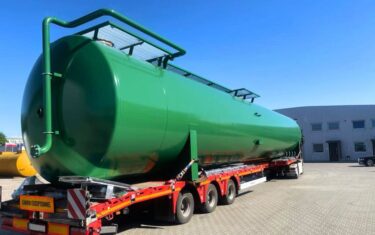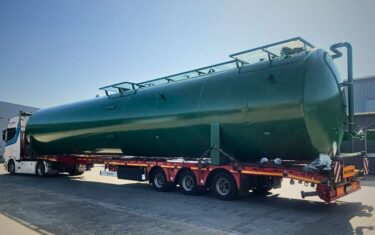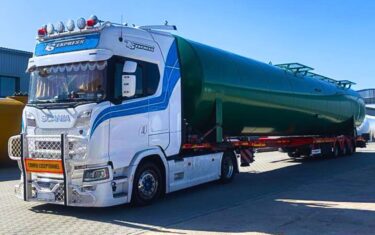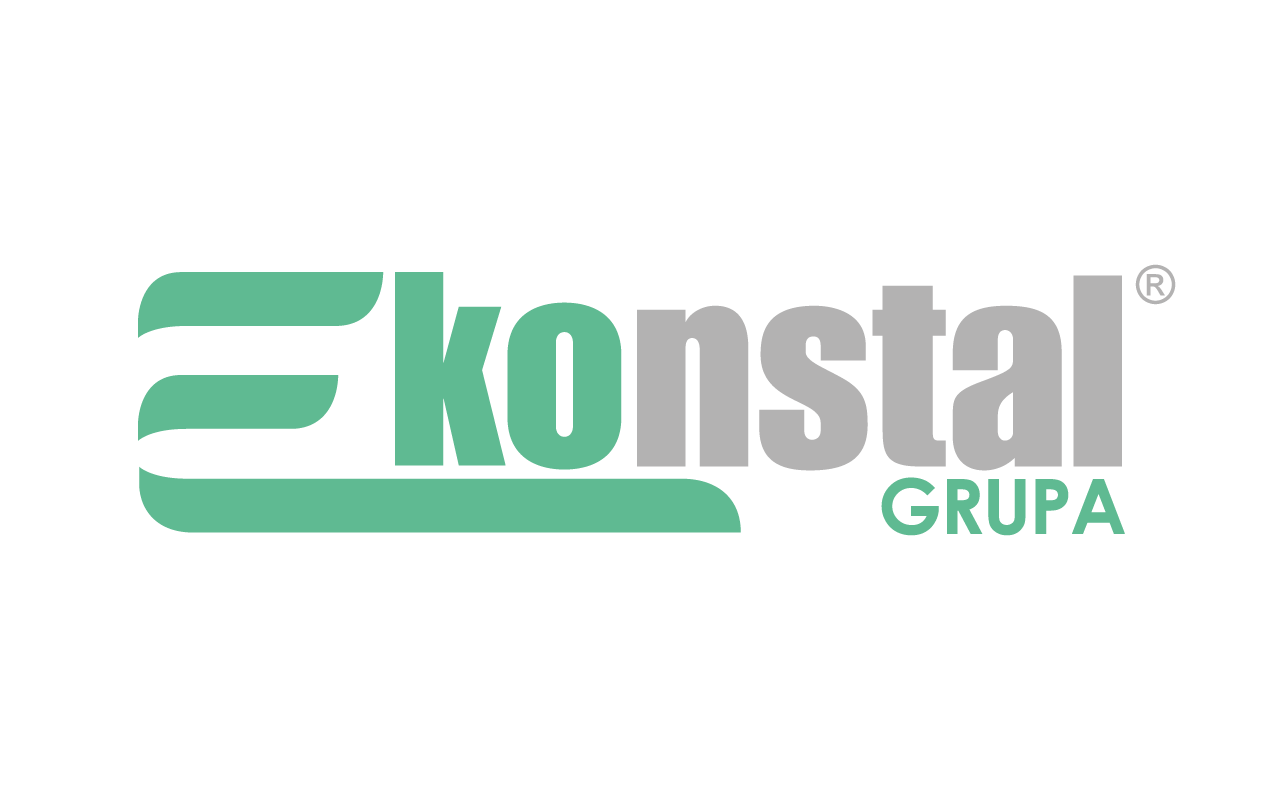


Interesting information about the project
Leachate is the liquid most often generated at waste storage sites. There are various locations that may fall into this category, such as garbage dumps or open, unroofed storage areas that hold scrap metal, rubble, or other types of waste materials. Leachate is considered as industrial wastewater and is commonly known as “difficult wastewater.”Why? Precipitation, melting snow or surface or groundwater seeping through the stored waste washes away various substances, such as acids, toxic metals, organic compounds or pathogenic microorganisms. This often makes them highly toxic, corrosive and environmentally hazardous.
Various methods are used to protect the ground from leachate water. The leachate tanks manufactured by Ekonstal Group are reliable solution for projects involving, among other things, land reclamation or landfill management in accordance with environmental requirements. They make it possible to store contaminated seepage water and create opportunity for later treatment and neutralisation of any potential environmental risks.
The leachate storage tank must meet several technical requirements that determine its durability and resistance to the aggressive nature of this type of fluid. We have already manufactured a second steel tank for one of our UK customers to safely store leachate.
What is it characterised by?
- Tank diameter: 2900 mm.
- Design: one chamber with a capacity of 100,000 litres and an additional overflow chamber of 10% (can hold up to 10,000 litres of liquid).
- Number of shells: double-walled.
- Tank type: cylindrical, horizontal, aboveground.
- Accessories: long platform connecting the two manholes, balustrade to protect the platform, ladder.
- Internal protection: additional internal protection with temaline anti-corrosion coating.
- External protection: special paint coating with high corrosion resistance, in green – the characteristic color for wastewater tanks.
Leachate water, as well as other types of wastewater (including production residues in liquid form), must be stored in a way that is safe for the environment and for animals and people who might accidentally come into contact with them. Industrial wastewater tanks are designed to meet stringent regulatory requirements. In addition, each design should take into account the conditions under which the tank will be used. This includes the climatic conditions, the location of the tank (underground / aboveground) and the type of wastewater that will ultimately be stored in it.

